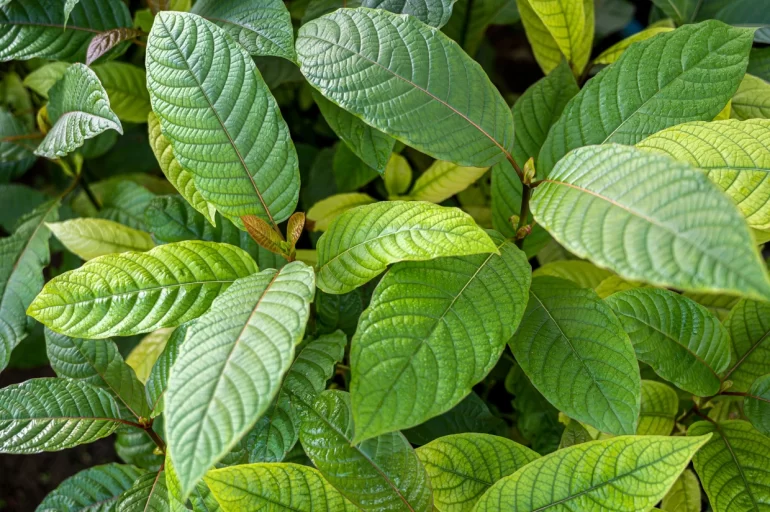Kratom sits in one of the most confusing corners of the supplement world. It’s a plant, yes—but one with opioid-like properties. Some call it a lifesaver. Others see it as a ticking time bomb. The divide isn’t just emotional. It’s scientific, cultural, and regulatory. If you’ve been wondering whether kratom is truly safe, the answer isn’t a clear yes or no. It depends on how you use it, what you’re taking, and who you listen to. This guide unpacks the current science, user experiences, and government positions to give you a grounded, no-spin look at kratom safety.
What the Science Actually Says
Research into kratom is still in its early stages—but it’s growing. The results show promise for pain relief and mood support, but they also highlight serious risks, especially with poor-quality products and long-term use.
Alkaloid Effects and Risk Profile
- The primary active compounds, mitragynine and 7-hydroxymitragynine, interact with opioid receptors
- These alkaloids appear less addictive than traditional opioids but still carry dependency potential
- Animal studies show moderate analgesic and mood-enhancing effects—but human trials remain limited
Toxicity and Side Effects
- Mild side effects: nausea, dry mouth, dizziness, constipation, and fatigue
- At higher doses or with frequent use: liver stress, insomnia, irritability, and potential dependence
- No confirmed kratom-only overdose deaths, but many cases involve poly-substance use
Long-Term Unknowns
- Long-term effects on the liver, endocrine system, and mental health are still unclear
- Some case reports point to liver toxicity, but sample sizes are too small for definitive conclusions
- Tolerance and withdrawal symptoms appear milder than opioids but still problematic for some users
What Real Users Are Reporting
Kratom users fall into distinct groups: pain patients, ex-opioid users, nootropic enthusiasts, and casual experimenters. Their stories range from glowing praise to cautionary tales.
Pain and Opioid Withdrawal Relief
- Many users claim kratom helped them taper off prescription opioids or reduce chronic pain
- Anecdotal reports often describe improved focus, mood, and physical comfort
- Users praise its ability to reduce pain without the cognitive fog of narcotics
Tolerance and Habit Formation
- Regular users often report needing higher doses over time to get the same effect
- Some experience withdrawal symptoms after stopping: anxiety, restlessness, fatigue
- Many who use daily wish they had started more cautiously
Mixed Experiences With Quality
- Reliable vendors get strong reviews, especially those offering lab-tested products
- Poor-quality or adulterated kratom (especially from gas stations or head shops) causes nausea, headaches, or worse
- Some users report different effects from the same strain depending on the vendor or batch
What Regulators Are Saying (and Doing)
Kratom’s legal status varies by country and even by U.S. state. The tug-of-war between regulation and access is far from settled—and the debate gets more heated every year.
FDA and DEA Positions
- The FDA has not approved kratom for any medical use and has warned about contamination and misuse
- The DEA attempted to schedule kratom as a Schedule I drug in 2016 but backed off after public backlash
- Current federal stance: kratom is not banned but is under close scrutiny
State-Level Regulations
- Kratom is banned in a handful of U.S. states (e.g., Alabama, Wisconsin, Vermont), legal in most others
- Several states have adopted the Kratom Consumer Protection Act (KCPA), which sets age limits and labeling requirements
- Legal gray areas persist, especially around online sales and mislabeled products
International Policies
- Banned or restricted in countries like Thailand (though recently re-legalized), Australia, and some EU nations
- Legal and loosely regulated in Canada and the U.K., with increasing calls for more oversight
- Policies often lag behind scientific research, leading to inconsistent enforcement
Conclusion
Kratom isn’t safe or unsafe—it’s conditional. If sourced from a clean vendor, used in small doses, and approached with caution, it can be relatively low-risk. But if taken daily, in large amounts, or mixed with other substances, the danger increases fast. Science is still catching up, and regulations haven’t drawn clear lines yet. In the meantime, users are left to navigate risk on their own. If you’re going to try kratom, don’t just ask if it’s safe. Ask if your approach to it is safe. That’s the better question. And the only one that really matters. Finally, if you are looking for the best place to buy kratom, check out our top recommendations!






